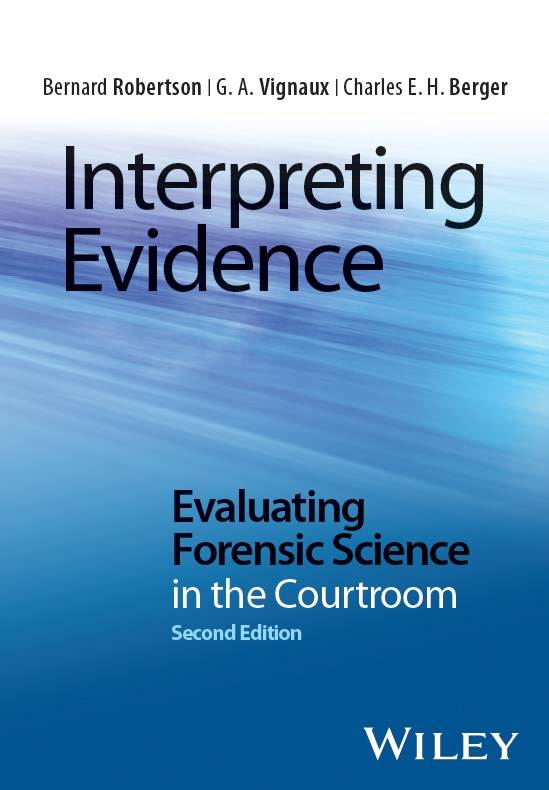Book about the interpretation of results of chemical fire analyses
Chemical fire expert Jeanet Hendrikse from the Netherlands Forensic Institute (NFI) has written a book for her fellow professionals about the most difficult aspect of chemical fire analysis, namely the interpretation of the analysis results.
Chemical fire experts analyse fire residues for the presence of an inflammable liquid which as a fire-accelerating medium may have caused or intensified the fire. This may be liquids like, for example, methylated spirits, petrol, turpentine or diesel.

Identifying Ignitable Liquids in Fire Debris
In Identifying Ignitable Liquids in Fire Debris, Hendrikse and co-authors Michiel Grutters and Frank Schäfer (Federal Criminal Police Office [Bundeskriminalamt]) describe which aspects influence the results of the analysis of fire residues (and how), the chemical characteristics of inflammable liquid products (and why) and the properties that have to be demonstrated for a positive identification.
“By identifying these characteristics we can help our fellow chemical fire experts in their work”, Hendrikse explains. “They will be able to use the information during the interpretation phase of the chemical fire analysis.”
Production process
The composition of an inflammable liquid can vary from one batch to another due to variation in, among other things, raw materials and production processes. “That is why it is so important that a chemical fire expert knows how inflammable liquids are produced and what the product characteristics are, so that they can still identify them in the ‘mess’ released from fire residues.”
Elsevier
The book (142 pages, in English) has been written for forensics professionals and can be ordered from the Elsevier Store.